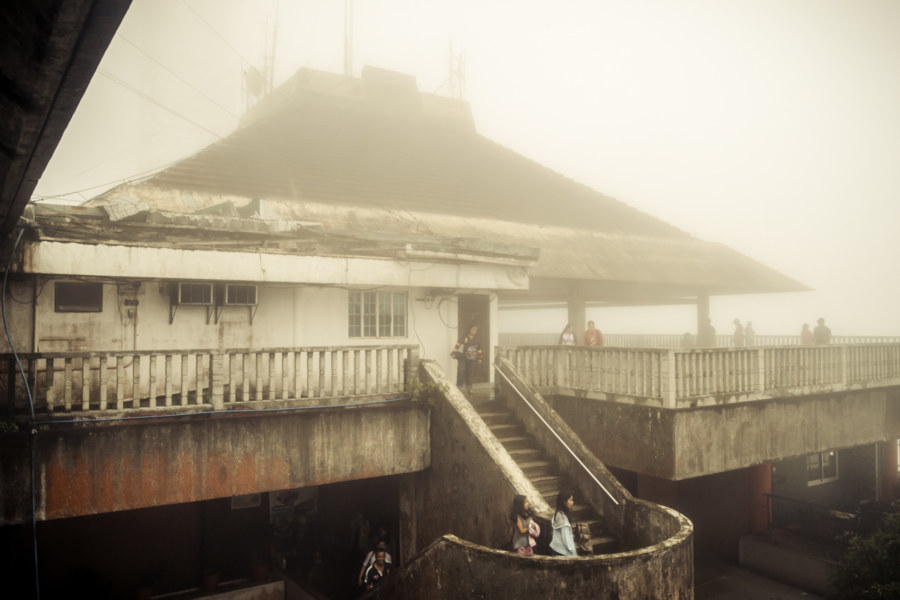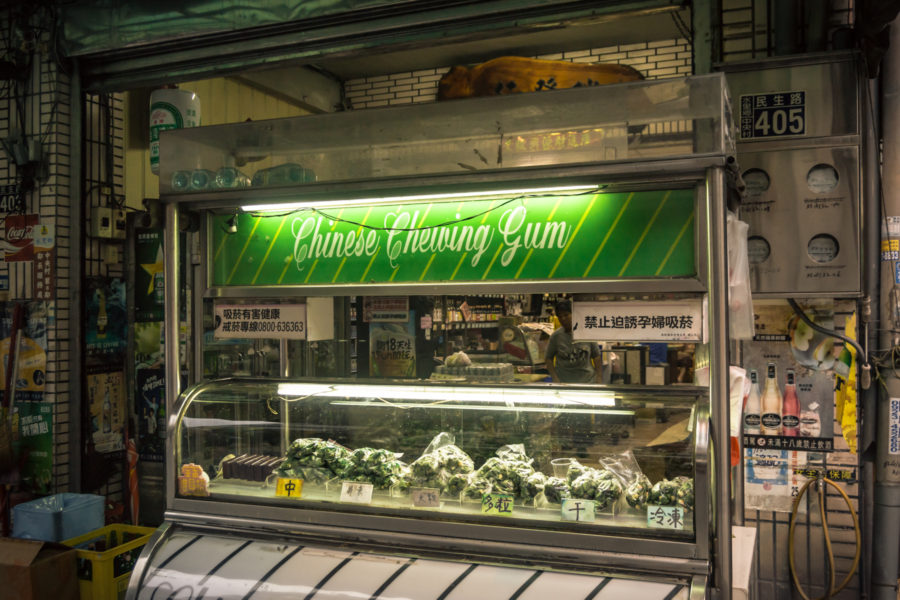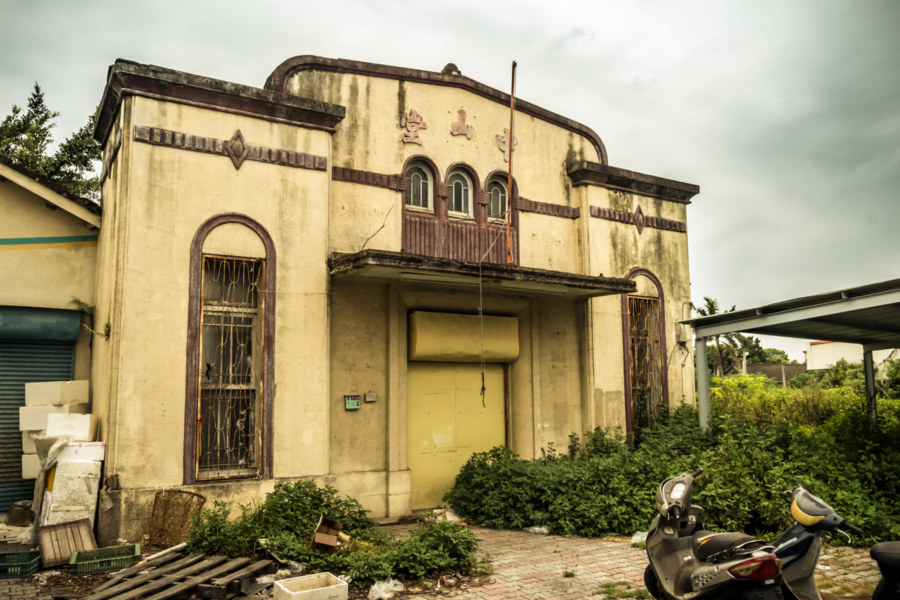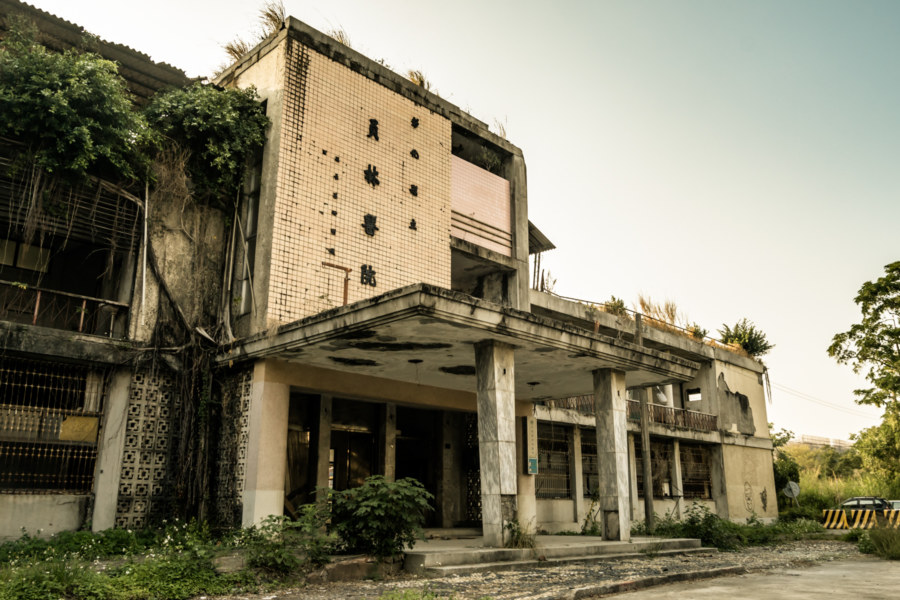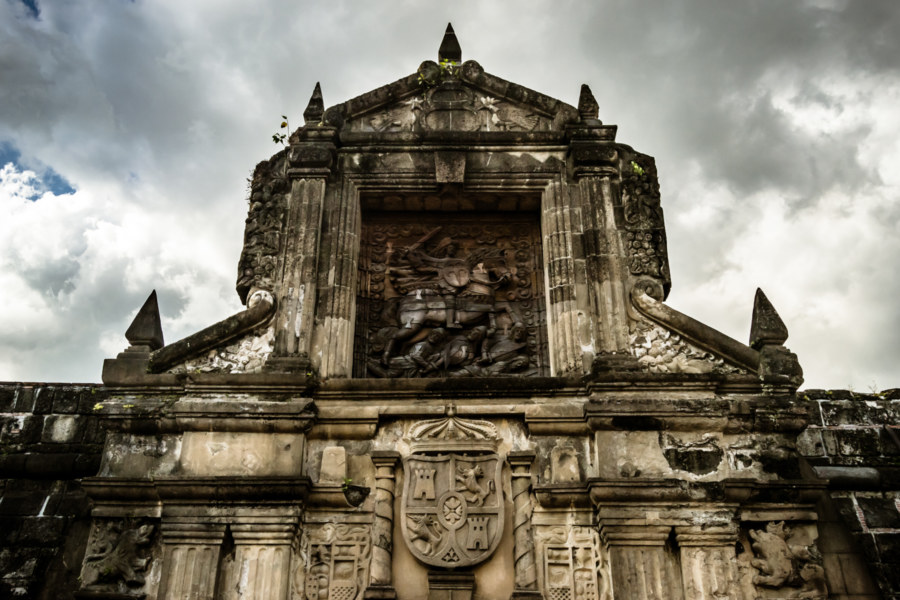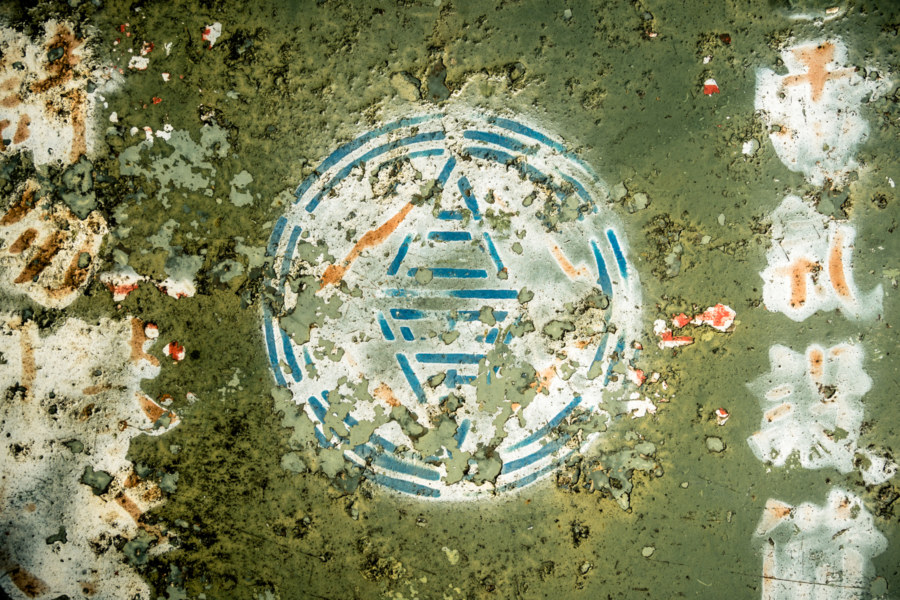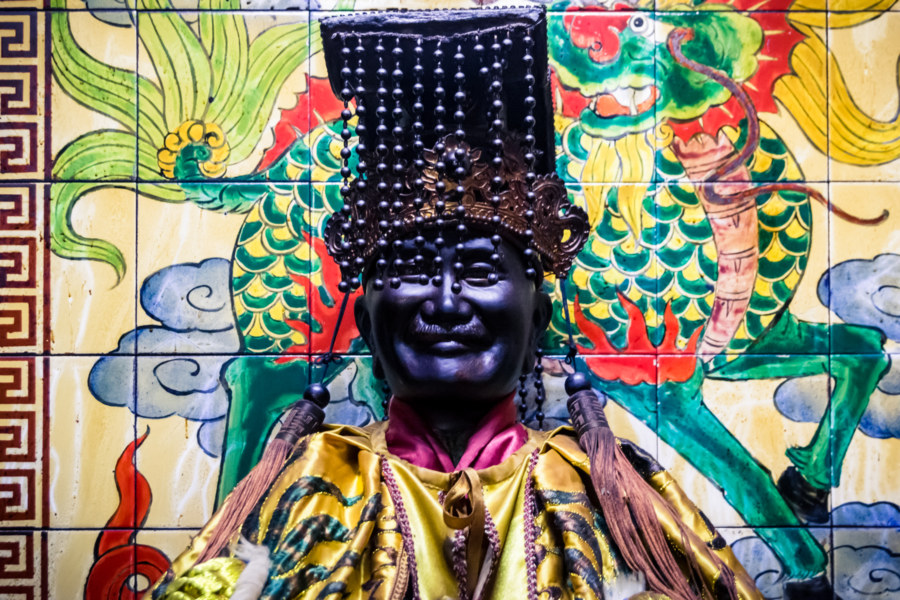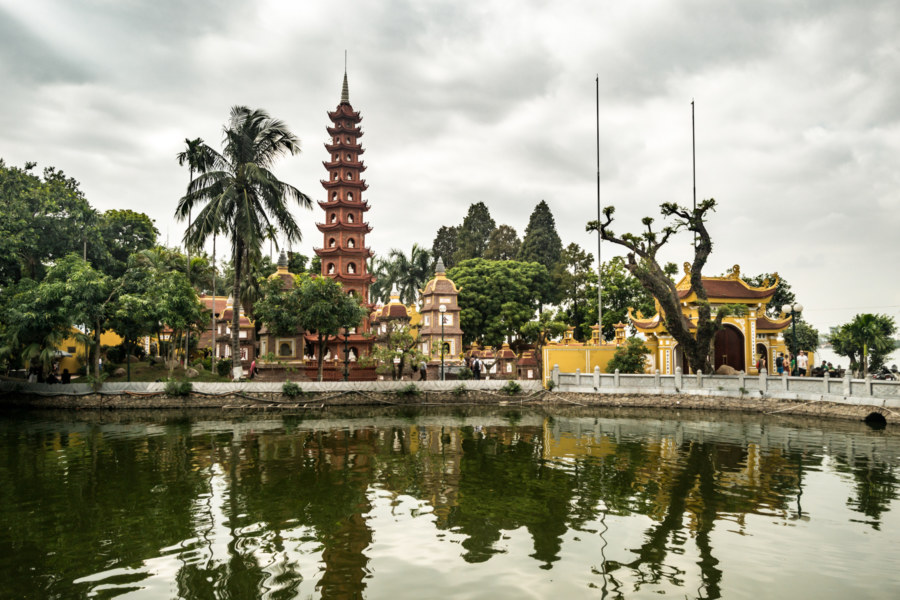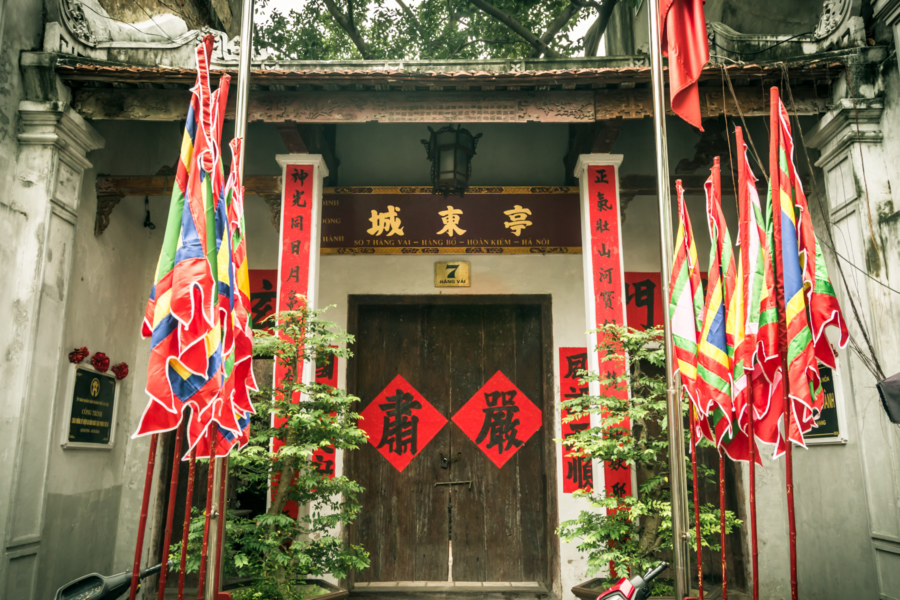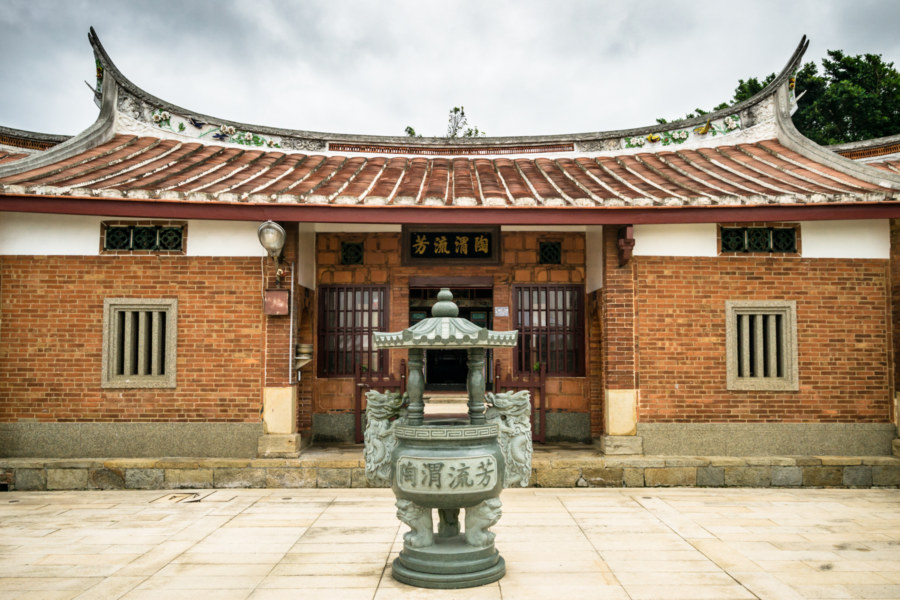People’s Park In The Sky is a peculiar attraction located about 60 kilometers south of Manila in Tagaytay, a popular leisure destination in the province of Cavite in the Philippines. Perched on top of Mount Sungay at an elevation of 709 meters, the highest point on the northern rim of the immense Taal Caldera, it was originally planned to be a palace suitable for state visits during the kleptocratic reign of Ferdinand Marcos. Construction began in 1979 with a drastic leveling of the mountaintop, which previously reached 759 meters, but ground to a halt with increasing civic unrest and the cancellation of Ronald Reagan’s state visit in 1983. Following the People Power Revolution of 1986 the unfinished mansion was transformed into a public park and monument to the greed, corruption, and excess of the Marcos era.
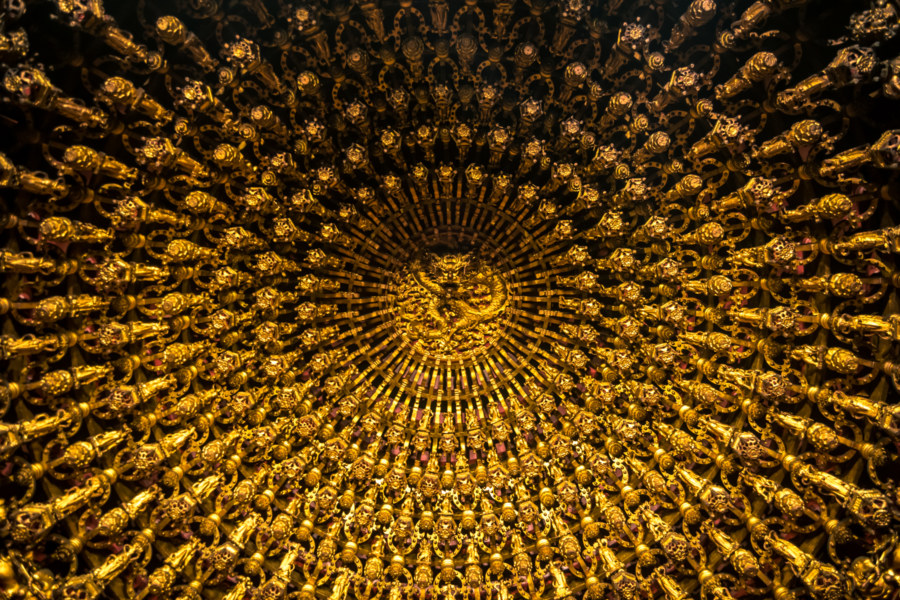
Cultural observations, insight, and confusion.
Chinese Chewing Gum
A betel nut stand in front of the train station in Shuili.
Recently I stopped in Shuili while on my way to Puli by scooter. There, while waiting out a rainstorm on the main street in front of the historic train station, I noticed an unusual betel nut booth with a fetching green sign. “Chinese chewing gum” is a curious phrase, not one I recall noticing before, and it is also peculiar to see an exclusively English sign out here in the mountainous heart of the nation. Searching around, I chanced upon a short documentary describing betel nut as Taiwan chewing gum, which still sounds somewhat odd. What sort of gum gets you high and stains your teeth red?…
Ershui Assembly Hall 二水公會堂
Ershui Assembly Hall 二水公會堂 is located in Ershui, a small town at the very southern edge of Changhua, on the border with both Yunlin (to the south) and Nantou (to the east). It is one of approximately 70 assembly halls built all around Taiwan to accommodate large public gatherings during the Japanese colonial era. This particular example was built in 1930 and is one of three remaining in Changhua. The other two—in Changhua City and Lukang—are both fully restored heritage properties open to the public, but the smaller Ershui Assembly Hall has been derelict for years, a consequence of a long-running legal dispute between the landlord and local government complicating preservation efforts.
Yuanlin Hospital 員林醫院
Despite having spent a lot of time in Yuanlin, a mid-sized city in central Changhua, Taiwan, I have only recently begun to explore some of its more famous ruins. Among these is Yuanlin Hospital 員林醫院, formally the Changhua County Yuanlin Hospital 彰化縣立員林醫院, originally built in 1963 and operational until the the turn of the millennium. Nowadays it is one of the more notorious abandoned places in central Taiwan, where it is regularly featured in news reports, particularly around Ghost Month 鬼月. Taiwanese media engage in an annual outpouring of overly sensationalized stories about haunted places—and hospitals, as liminal spaces of birth and death, often appear in such reports, complicating research into the real story of what went on.
Postcards From Intramuros
Intramuros (literally “within the walls”) is the former center of Spanish colonial power and the Catholic Church in the Philippines. Located in the heart of old Manila, this fortified district has a long and complicated history stretching back more than four centuries, but little of what remains is original and untouched. Intramuros was heavily damaged during the Japanese invasion in 1941 and almost completely destroyed in the Battle of Manila in 1945. Almost everything seen in my photos was reconstructed beginning in the 1950s and continuing to the present day.
Transformed by Time
Yesterday I went on a short tour of Linkou inspired by the opening of the Taoyuan Airport MRT and the proliferation of YouBike stations to the exurbs of Taipei. After spending some time under the sun I stopped to pick up some water at one of Taiwan’s ubiquitous convenience stores and noticed a weathered padmount transformer out front, pictured here.
Tamsui Kuixing Temple 淡水魁星宮
Kuíxīng Temple 魁星宮 in Tamsui is nominally dedicated to the eponymous Kuíxīng 魁星, god of examinations and one of the Five Wénchāng 五文昌, a group of deities representative of classical Chinese culture. He typically takes the form of a man balanced on one foot with a writing brush in one hand, his body twisted in a pose suggestive of the strokes of Chinese calligraphy. But you didn’t come here to read about Kuixing—this temple is notable for being one of only a handful of sites in Taiwan venerating Chiang Kai-shek 蔣中正, president of the Republic of China until his death in 1975, as a god. For a time it was informally known as the Tamsui CKS Temple 淡水蔣中正廟.
Postcards From Hanoi
Gathered here are around forty of my better photographs from a five day stay in Hanoi, Vietnam, in November 2016. All of these images were captured while idly wandering around the famous Old Quarter and its environs. I was not particularly adventurous on this trip but I still managed to find plenty to feast my eyes upon—and the food and coffee certainly lived up to expectations! I also found it interesting to apply some of my growing knowledge of East Asian culture gleaned from these years of living in Taiwan. Each photo is annotated with onward links to more information should anything pique your interest.
Dinh Dong Thanh
One of the more interesting temples I stepped inside on a recent visit to the Old Quarter of Hanoi is the recently renovated Đình Đông Thành (亭東城, loosely: “East City Pavilion”). Having explored many temples in Taiwan over the years I was familiar with some of what I found there—but much of it was completely foreign to me. Looking up information after the fact hasn’t been educational; there are no English language resources about this temple and I haven’t got the same knack for finding information in Vietnamese as I have with Chinese language resources about Taiwan. So, if you’ll pardon my lack of local expertise, I’m going to share a few photos from this relatively obscure temple and attempt to puzzle through some of what caught my eye.
Fanjiang Ancestral Hall 范姜祖堂
I chanced upon Fanjiang Ancestral Hall 范姜祖堂 while out for a bicycle ride around Taoyuan in late October 2015. That morning I set out from my place in Zhongli to see more of the countryside and eventually pay a visit to Fugang Old Street 富岡老街 in western Yangmei. Along the way I made a brief diversion into Xinwu to see whatever might be found there—and this cluster of historic Hakka homes were my reward.
